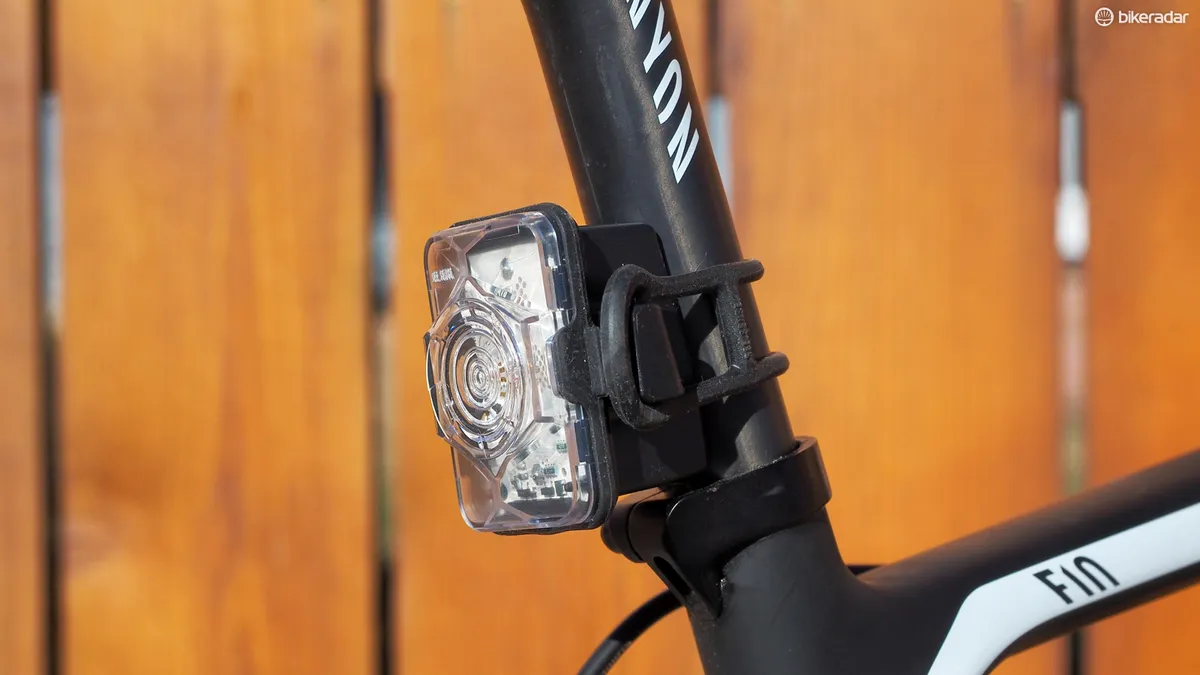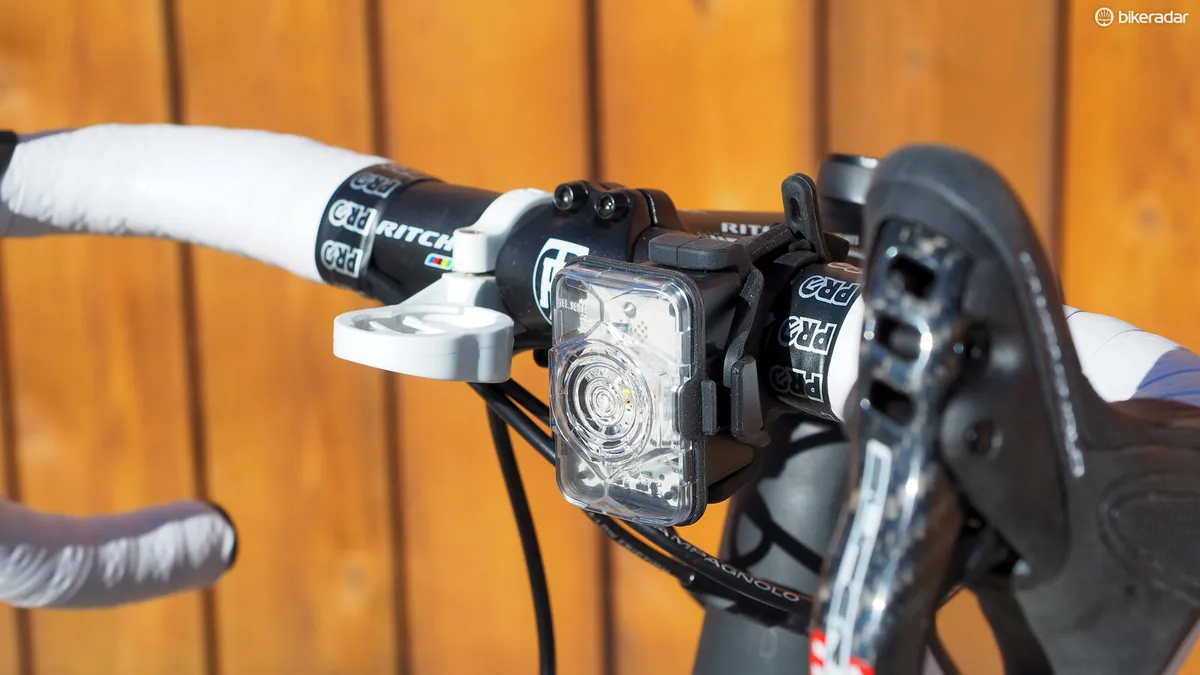Rather than offer a handful of preset modes, See.Sense's clever front and rear LED lights automatically adjust their brightness and flashing pattern based on the surrounding conditions. We found that drivers gave us a wider berth with these fitted, which bodes well for safety, but the hardware design could definitely use some refinement to make them easier to operate.
- Highs: Brilliant auto-adjusting light technology
- Lows: Occasionally frustrating gesture-based controls, awkward front light case shape, expensive
- Buy if: Safety is your top priority and you're not afraid to spend a little extra
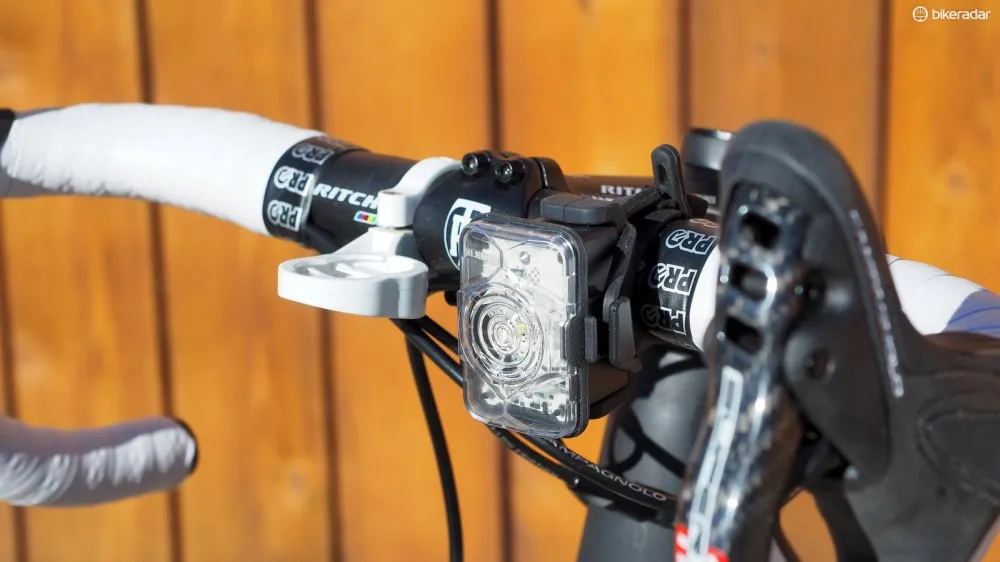
We noticed drivers giving us noticeably more room than usual when we had these fitted
See.Sense's impressive claimed outputs – up to 250 lumens out front and 155 for the rear, depending on the exact model – and extra-wide 180° viewing angle are believable enough given their incredible brightness, but it's how that output is metered that has us so impressed. Armed with onboard motion and ambient light sensors, both the front and rear lights flash brighter and faster when needed, such as when it detects approaching vehicles, when you've entered a dark tunnel, or when you're slowing or turning.
In essence, it's the visual equivalent of 'yelling' at approaching drivers at critical times to make sure they know you're there and, based on our test sessions, it's effective. During testing, it certainly at least seemed like overtaking traffic was giving us more room than usual, which is arguably the highest praise you can heap on a safety light.
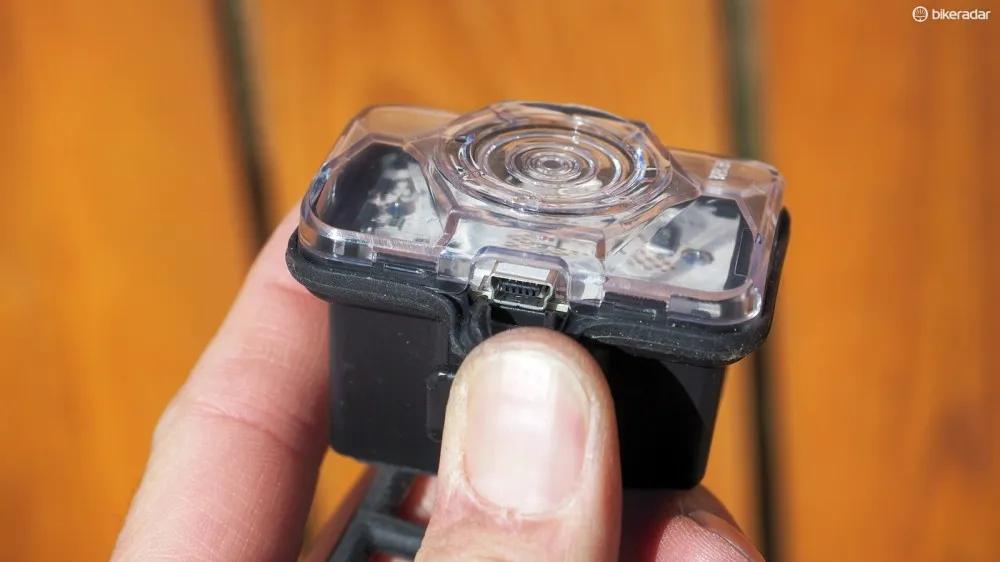
The lights are easily recharged via the built-in mini-USB plug
"We surveyed many of our early adopters and their comments match your experience – cars do seem to give more room when passing," See.Sense co-founder Irene McAleese told BikeRadar. "We think that in addition to the brightness and wide viewing angle, the abrupt changes in flashing rate create an element of curiosity in the following driver. This helps put the cyclist on his mental map, helping secure a safe overtake."
Such selective 'yelling' – not to mention the convenient automatic on/off function – also has the side benefit of preserving battery life. See.Sense claims up to 12 hours of run time depending on the circumstances. That figure is hard to confirm exactly but we did regularly get about a week of use before the onboard LED fuel gauge gave us a polite nudge that it was time to recharge the built-in Li-ion battery.
See.Sense has also put some good thought into the physical design of the lights. As the company is based in Belfast in Northern Ireland, it's no surprise that the unit is well sealed against rain and road spray. Helping that goal along is the fact that there are no physical buttons or switches whatsoever that could potentially act as entry points for moisture. Instead, See.Sense relies on a novel gesture-based architecture to not only turn the thing on and off but also to customize the various settings. Turning the unit on or off, for example, is done by rotating the light left and right three times.
Clever design and effective lighting notwithstanding, there's still plenty of room for improvement.
For one, the onboard sensor can detect approaching cars but, as it's based on the intensity of their headlights, it doesn't work nearly as well during daylight hours – and these days, an increasing number of riders are using flashers for safety even when it isn't dark.
In addition, the gesture-based operation is neat and all but there's still a place for physical buttons. In particular, standby mode does work as intended but reacts to the slightest movement (like if the bike is bumped while in the garage), and you have no choice but to completely remove the light to turn it on or off. You also had better make sure to have the manual handy when toggling through the various programming functions as there's simply no way otherwise to decipher the various blinks.
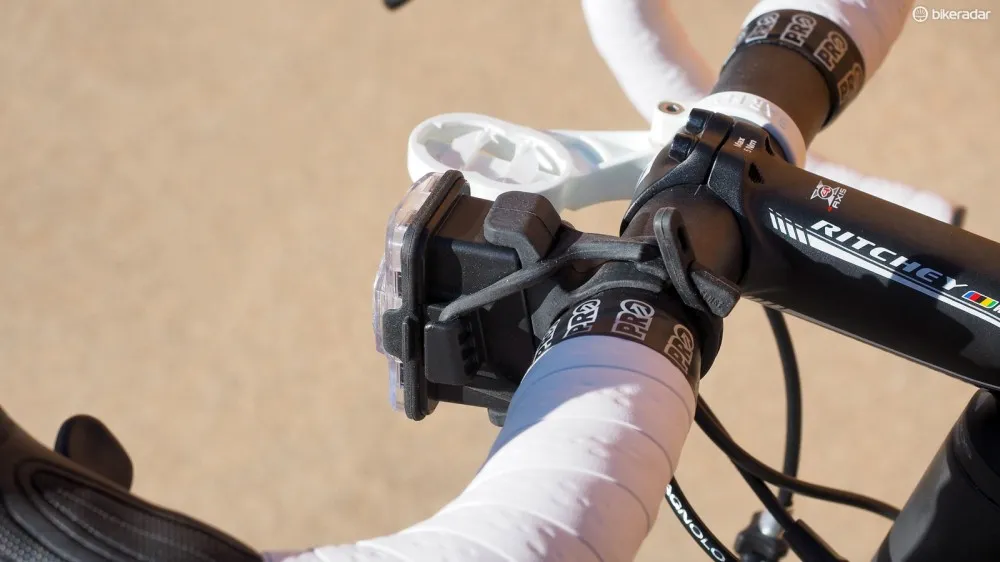
As the front light uses the same case as the rear, the mounting adaptations required are a bit awkward, plus there's no shroud to protect the rider's eyes
We have some complaints with the physical design, too. The rear rubber mounting strap setup is indeed easy to use and accommodating of a relatively wide range of seatpost diameters – as long as they're round. Aero posts with more pointed trailing edges are definitely trickier, and the angle of the light can't be adjusted regardless.
The front unit is a little more problematic. As it clearly uses the same case as the rear light (but with a white LED, of course), there's a big rubber block required to turn the already somewhat bulky unit sideways. Unfortunately, there's no lens hood to shield your eyes from the blinding output, either, which negatively affects your night vision.
In fairness, See.Sense acknowledged our issues and said the company was already working on improvements.
"We agree with your criticisms," McAleese said. "The front was created economically using the rear template. As a startup, the tooling was expensive. It works well if mounted on the head tube and we found some that were returned for the 2.0 upgrade with electrical tape used as a shroud. Buttons, since they are mechanical, tend to be a weak point, hence we left them out. It wasn't identified as a need by our development group, but following wider feedback is on our roadmap for future products."
Granted, McAleese didn't provide a timeline for those changes but in fairness, none of them would affect the lights' most critical performance criterion: visibility. In that sense, these are hands down some of the best safety flashers we've encountered – as they'd better be, given the cost.
null
For more information, visit www.seesense.co.
